There is a huge variety of plants that we can choose from when we want to start our own garden.
But starting your garden isn’t as simple as just throwing some seeds in the ground. You have to consider the plant’s sun, soil, and water requirements, as well as whether or not it’s well-suited for your climate.
But another consideration many gardeners need to make is whether they want to plant annuals, biennials, or perennials. Annuals grow for one season and die, biennials take two years to complete their full life cycle, and perennials will continue growing over the years. Perennial vegetables provide gardeners with food for years to come, making them a popular choice for many gardens.
Some perennial vegetables include:
- Artichokes
- Asparagus
- Cardoon
- Chayote
- Jerusalem artichokes (sunchokes)
- Nasturtiums
- Nettles
- Ramps
- Rhubarb
- Sorrel
For those looking to expand beyond vegetables, there are also dozens of perennial flowers, like peonies and lilacs (my two favorite flowers from my grandmother’s backyard in southern Michigan), zinnias, irises, and more.
Perennial Vegetables To Grow
If your yard is big enough, grow all the perennial vegetables listed above! Each offers unique flavor and nutritional benefits, and many of these plants are pretty (or at least interesting, in the case of cardoon) to look at.
Using the same list as above, we’ll dive into the growing and cooking details about this interesting mix of perennial edibles.
Artichokes
Artichokes might be one of the biggest and weirdest vegetables ever! These plants will grow as perennials for six to seven years as long as it doesn’t get below 20 degrees Fahrenheit. These sturdy and sometimes scary looking plants produce delicious artichokes in the mid to late summer.
You can harvest once the lowest part of the scales just starts to open. To learn how to plant, sow, and save seeds for artichokes, review this article by Barbara Pleasant.
Cardoon
Cardoon is related to artichokes but differs in that the edible parts of cardoon are the stems. These kinda scary looking plants are a delicacy in the Mediterranean and Italy! Gayla Trail of You Grow Girl says they are “bold and sculptural plants,” and Graham Stuart Thomas calls them the “grandest of all silverlings” and perfect for keeping gardens interesting in cooler months.
Trail explains that the effort of growing cardoon is not for the faint of heart. Says Trail: “Cardoon is a bit of a pain, and an absolute nightmare to prepare and cook, but it is a stunning plant and a delectable, but acquired taste.”
To keep both artichokes and cardoon alive during the coldest months, cover with a cardboard box and fill with straw or leaves to insulate.
Asparagus
Asparagus is one of the most lovely plants of the spring, and its daily prolific growth is great for growers. Given that this plant may take a few years to really reach its full potential, you’ll need to plan ahead a bit. In the first year, asparagus should be grown but not harvested.
But when it gets going fully, it will likely produce for years! When asparagus is in its most prolific stages, the spears can be harvested at about 8 inches. You’ll need to check your asparagus each day to see what’s popped up overnight.
Chayote
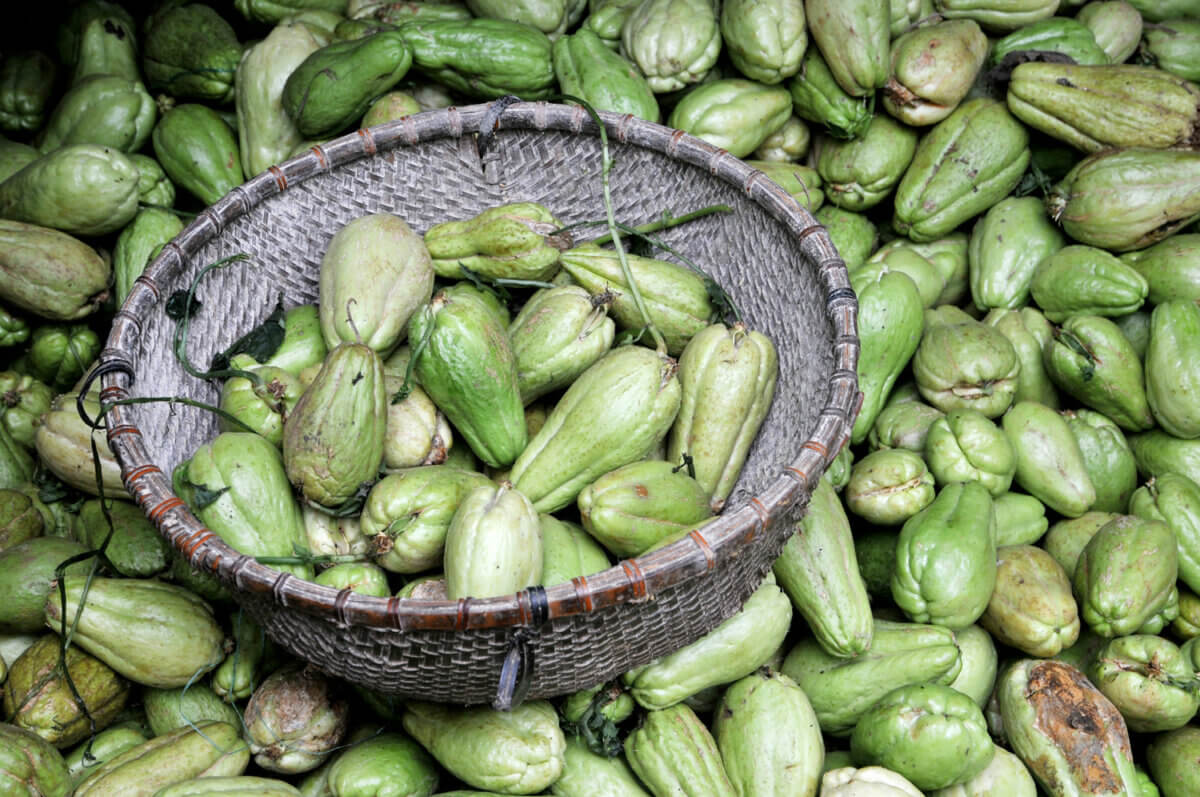
Chayote vines are another hardy veggie that can withstand cooler temperatures, despite migrating from more tropical climes. These versatile veggies can be eaten raw, pickled, or cooked.
If you can find this unique veggie locally, just leave it on your countertop for a few weeks until it sprouts, then plant it where it will have room to climb. Before winter comes, cover it with mulch to keep the roots as warm as possible.
Jerusalem Artichokes (Sunchokes)
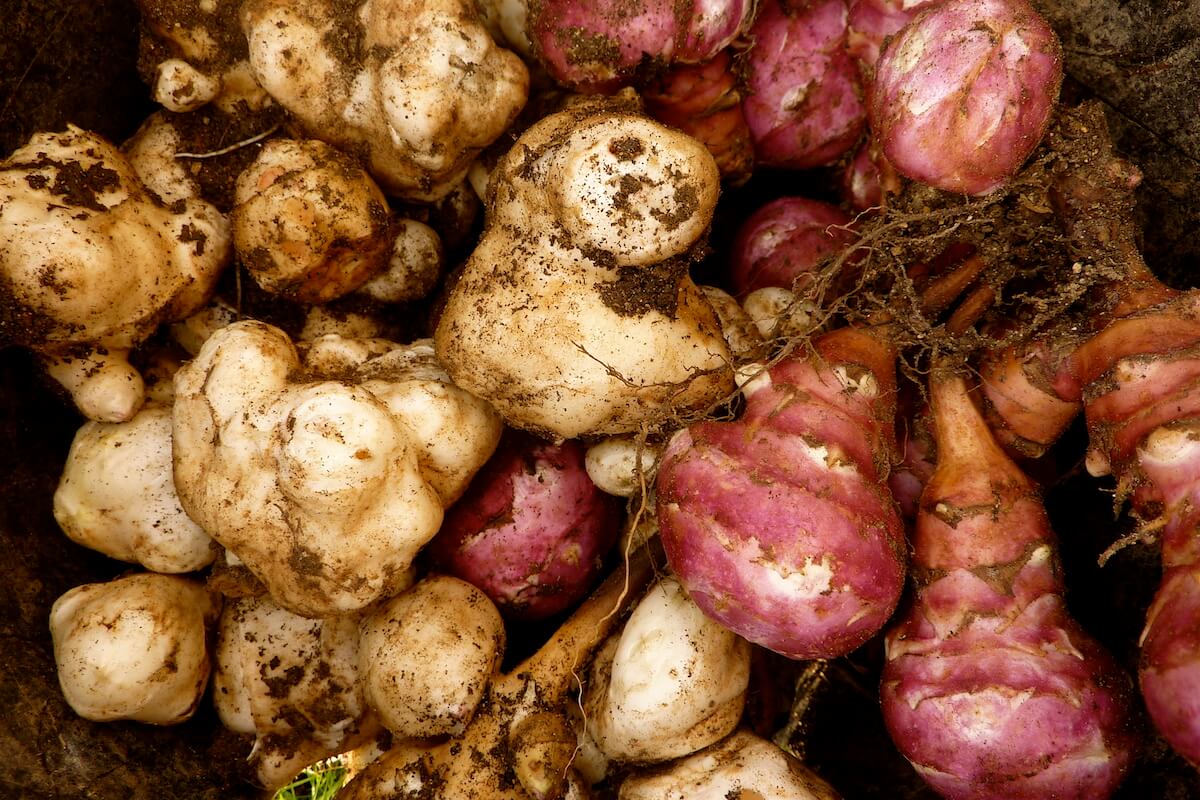
Either name is appropriate for these humble little root veggies. Despite their name, these perennial vegetables are not related to artichokes or sunflowers but are a cool root crop that can be eaten raw or cooked.
These plants are quite large, growing 6-10 feet tall, so organize the garden accordingly to make space. It’s important to note that they will also surreptitiously take over the entire garden, as hilariously examined here by Lauren Neverman.
Nasturtiums
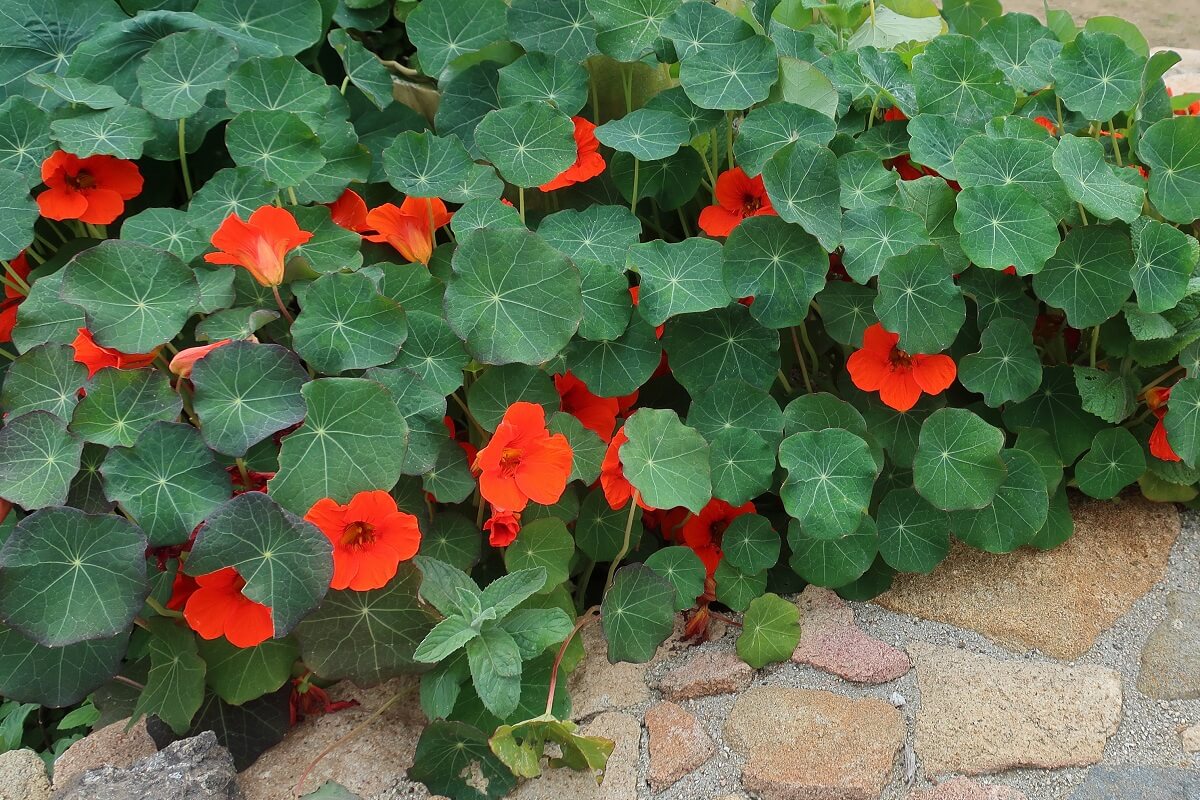
These bright flowers and pretty round leaves are a lovely, spicy addition to salads and other dishes. While they are more often considered flowers rather than veggies, since you can eat the flowers, greens, AND the seeds, I think they are good fodder for discussion here as an awesome food crop.
Hard freezes will turn these plants into an annual, so if you’re in colder zones, keep nasturtiums in pots so you can move them indoors during the winter.
Nettles
Nettles work as a medicinal herb and vegetable. These plants arrive in early spring and are prolific annuals with a bite. The plants have stinging hairs on them that can be made inactive by cooking or blending. That being said, they can be really irritating when you’re harvesting them, so be mindful and wear gloves.
Nettles can be made into tea, tinctures, and blended into pestos and sauces for mineral-rich green foods at the end of a long winter. Barbara Pleasant has a great discussion on her website about how to harvest, train, and grow nettles.
Ramps (Wild Leeks)
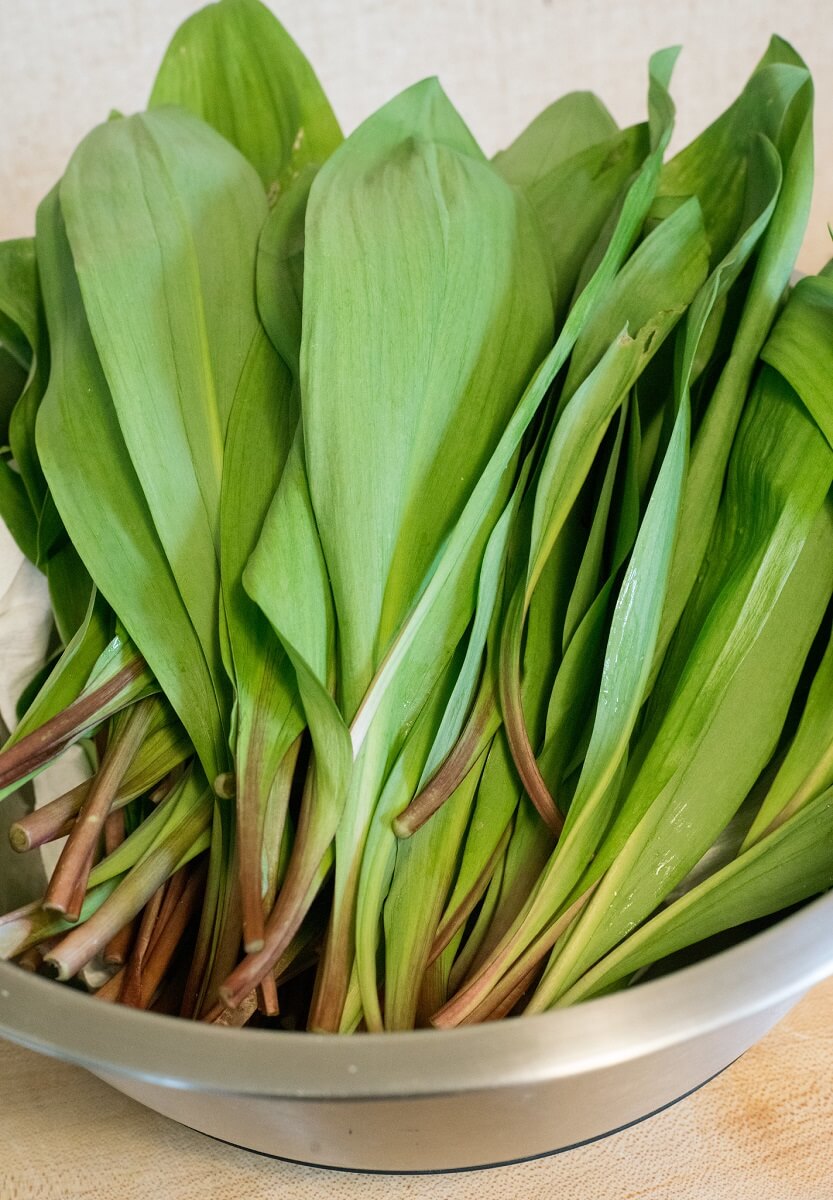
Ramps are one of the first green things of the spring, and many foragers and foodies adore these spicy, pungent veggies that are part of the allium family of onions and garlic. However, as these plants become more commonly foraged, they become depleted, so it’s best to plant your own.
These plants have a unique lifecycle and a long runway before full production, about five to seven years! Ashley Adamant of Practical Self Reliance has the best article for how to choose ramp seeds and the details of how to grow your own crop of this awesome food.
Rhubarb
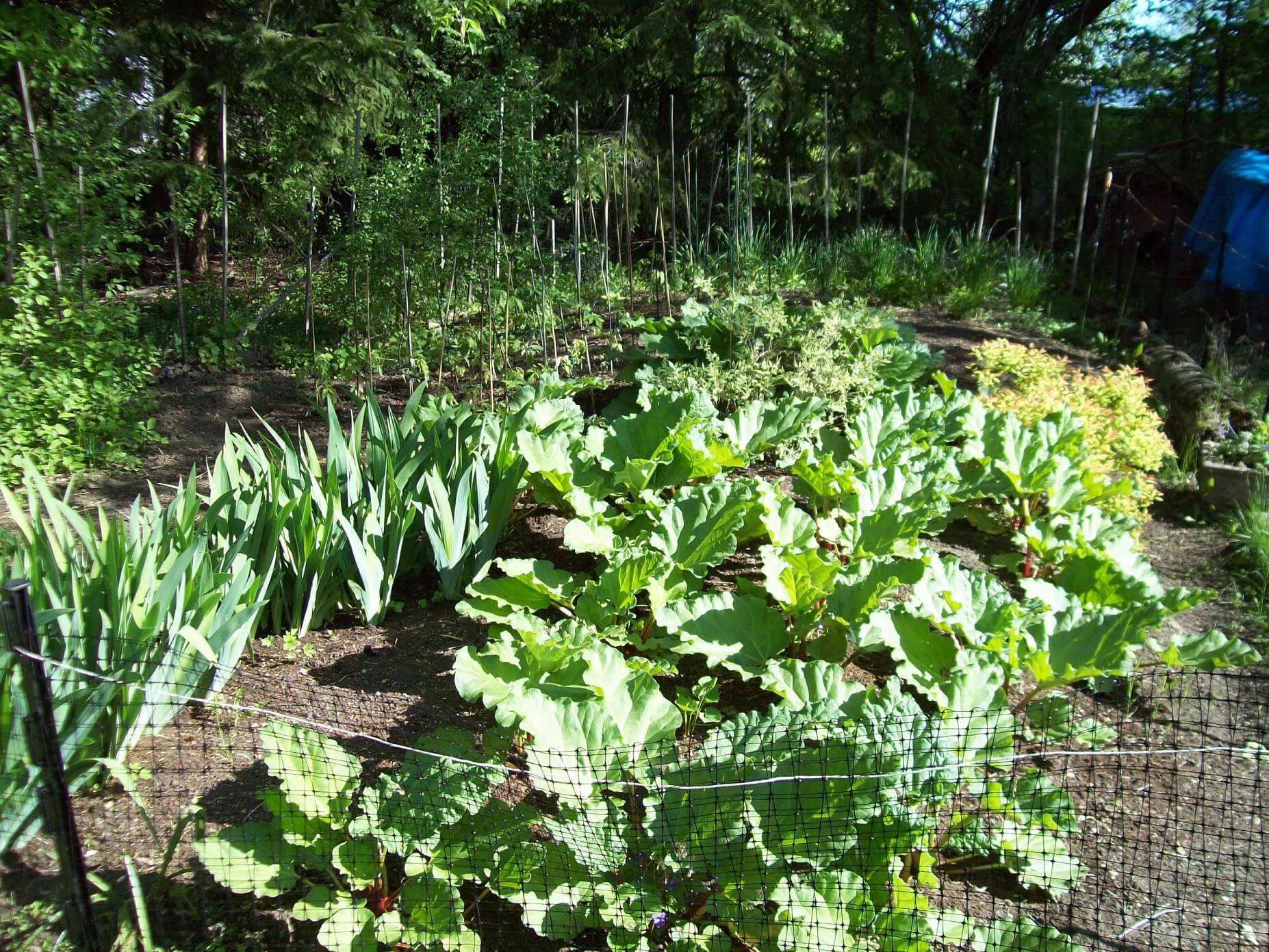
Like artichokes and sunchokes, rhubarb is a plant that has a large space commitment. These tart and tangy stalks are the only edible part of the plant—the leaves are poisonous. Rhubarb actually thrives in colder weather and will do well with little maintenance in the winter.
Like asparagus, rhubarb may need a year to get started. Consider not harvesting during the first year in order to fully establish the plant. Afterward, the stalks can be harvested easily from the base. Once the season cools, cover the plant with mulch and wait until next spring!
Sorrel
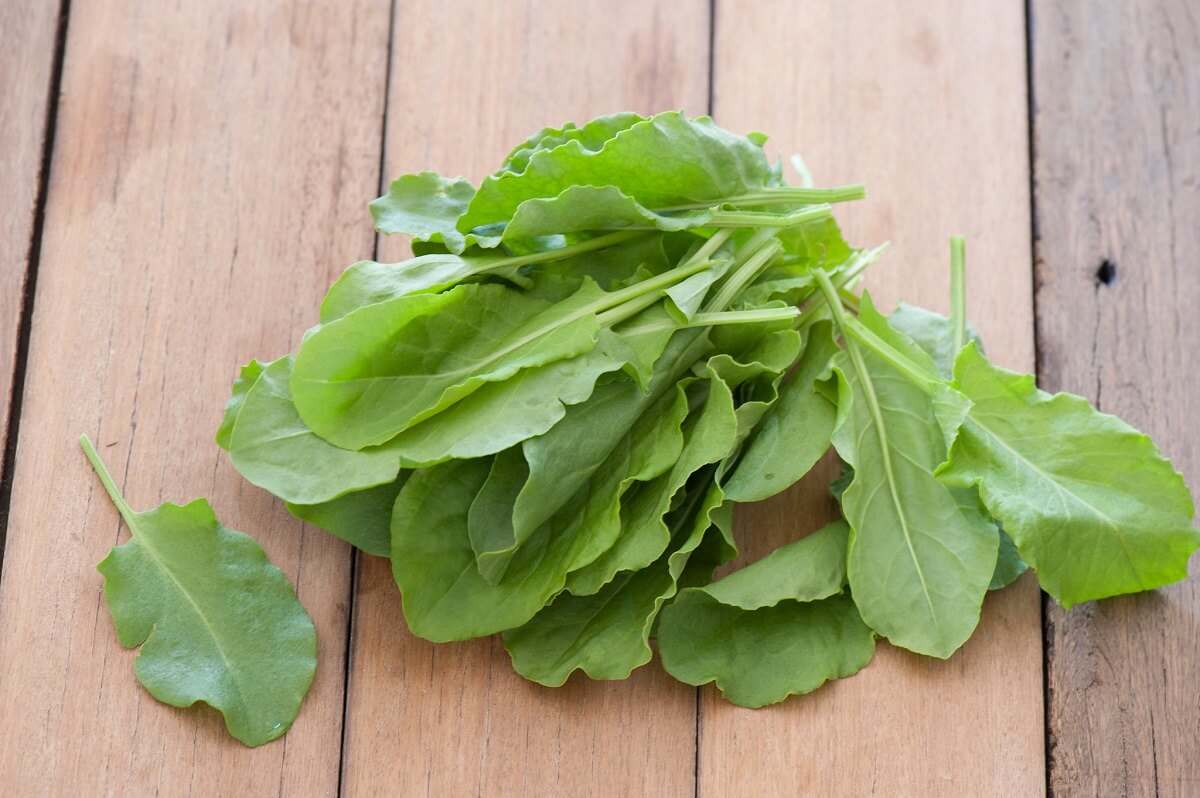
Sorrel is another tender green that is an early riser in the springtime. Though sorrel is a tall-growing plant, you can keep the size small by pinching or cutting off leaves, keeping the remaining ones in clumps to encourage more growth. Read more about how to grow this (and lovage, a related vegetable-herb) here on GrowVeg.
Benefits Of Perennial Vegetables
The primary benefit of perennials is that you can get one plant in the ground, and it becomes a gift that keeps giving. Edible perennial vegetables like asparagus, rhubarb, and ramps will rise to life again in the spring and provide you with ongoing harvests each year.
You can see from the list above that perennial vegetables are generally less-common vegetables, and often not ones found in your local grocery stores. But adding this diverse mix of vegetables into your garden can help improve your overall yield and deliver an abundance of variety when interspersed with other edible landscaping.
Planting around perennial vegetables also gives you a framework for how to plan out your garden. For example, knowing that the asparagus will always come up in a certain spot in the garden means you know what other plants you can plant around it so that it is as productive as possible.
Another benefit of perennials is that they are sometimes the first green things to arise in the early spring. Eric Toensmeier is quoted on Mother Earth News promoting the benefit of these early risers. He says, “Some perennial crops, such as sorrel, are up and ready to eat in March when the snow is melting [and most] of our springtime food harvest comes from perennials. By the time they’re finished, the annual vegetables are coming in.”
It’s also worth noting that depending on your USDA growing zone, some plants (like tomatoes) will simply live on when the weather is warmer. I have a collard plant (really, it’s more like a tree at this point!) that my friends planted more than two years ago; likewise, the kales we planted when we moved in are finally reaching a point of regular harvestability.
And even in cooler climates, when properly protected with row covers or otherwise protected from deep cold, plants like kale and collards and some herbs will weather the snow and spring back to life in the warmer months.


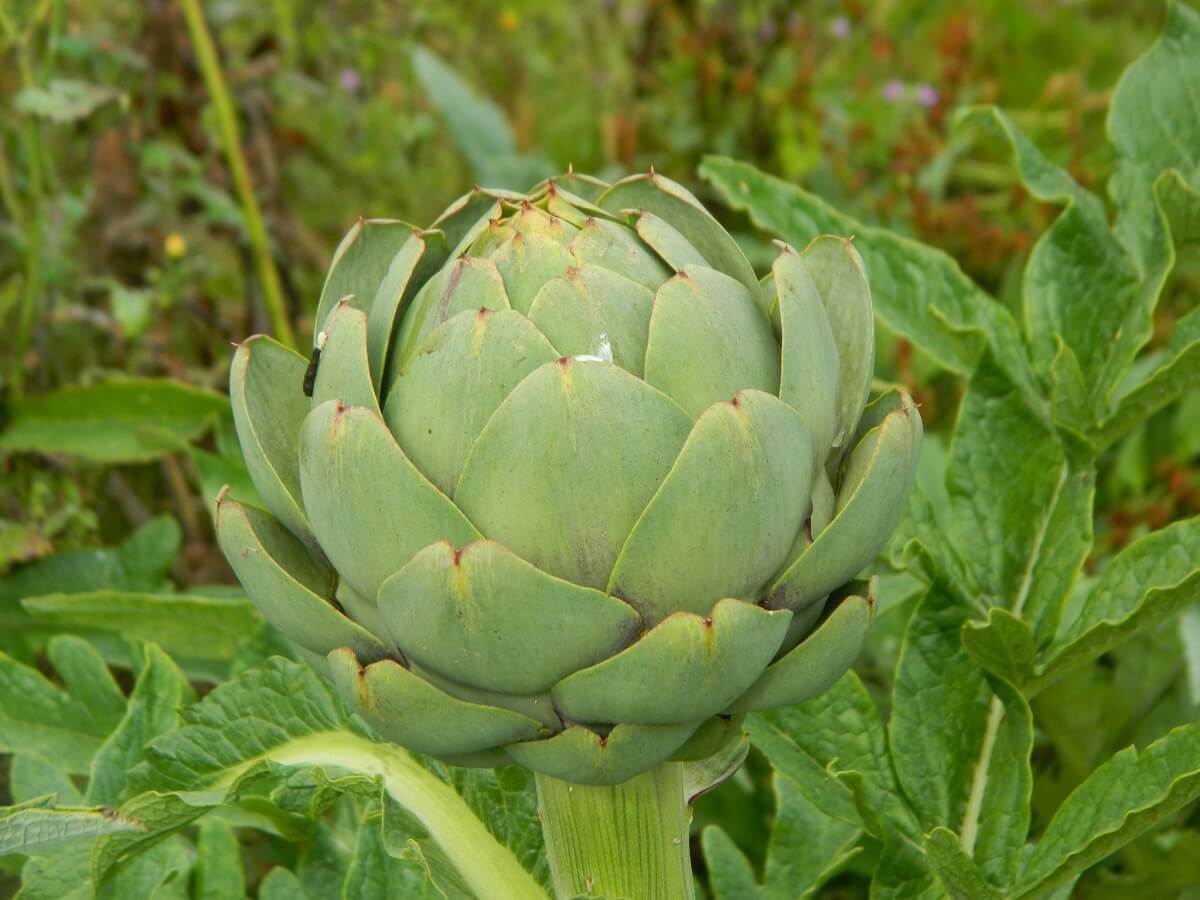
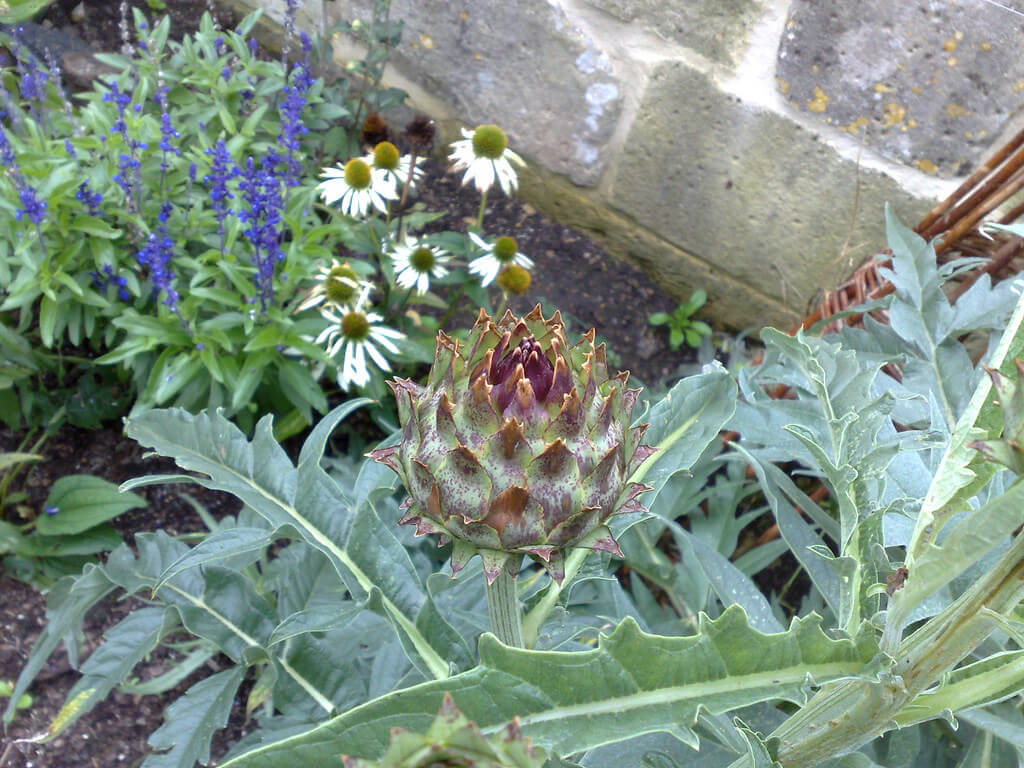
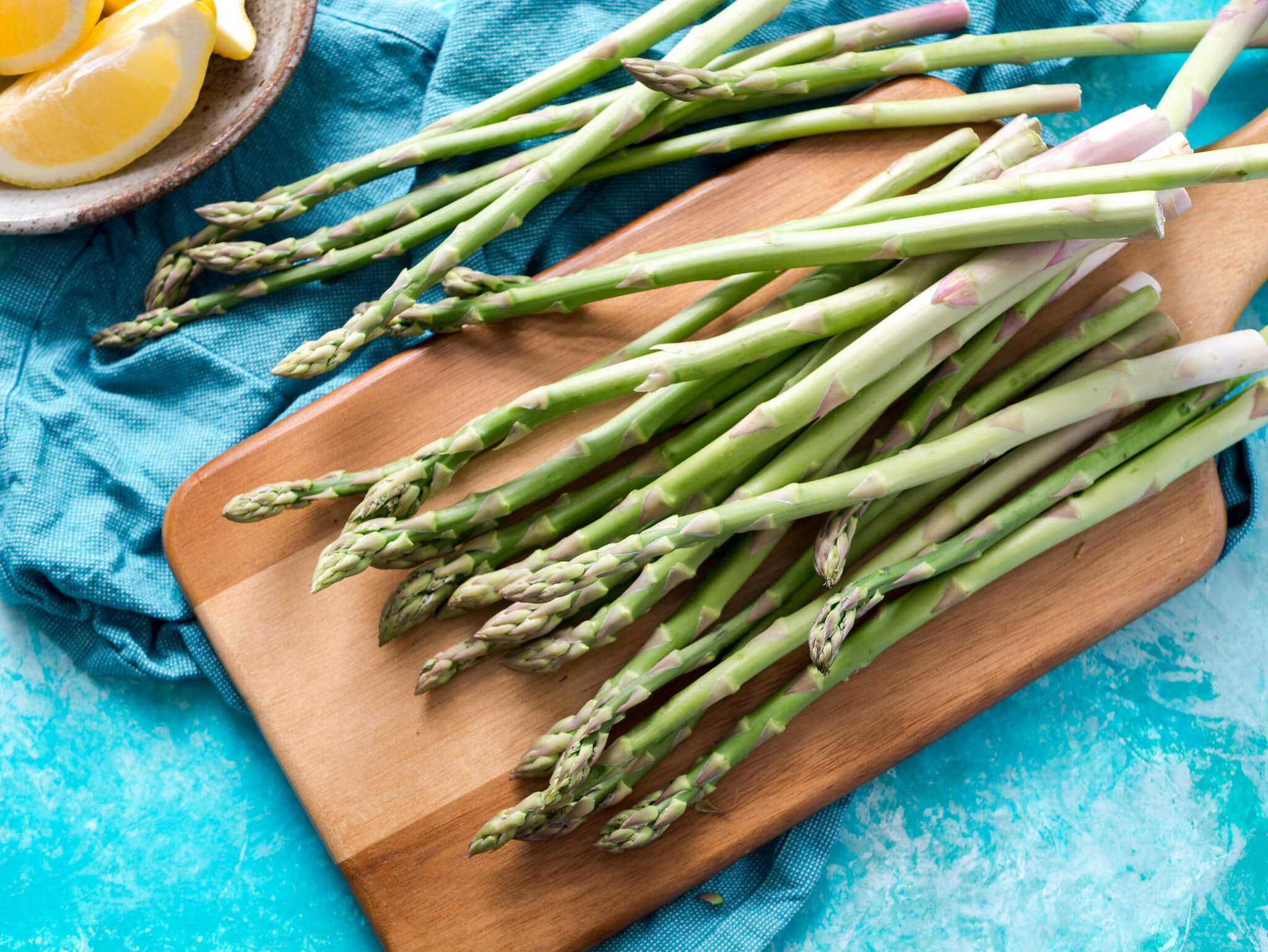
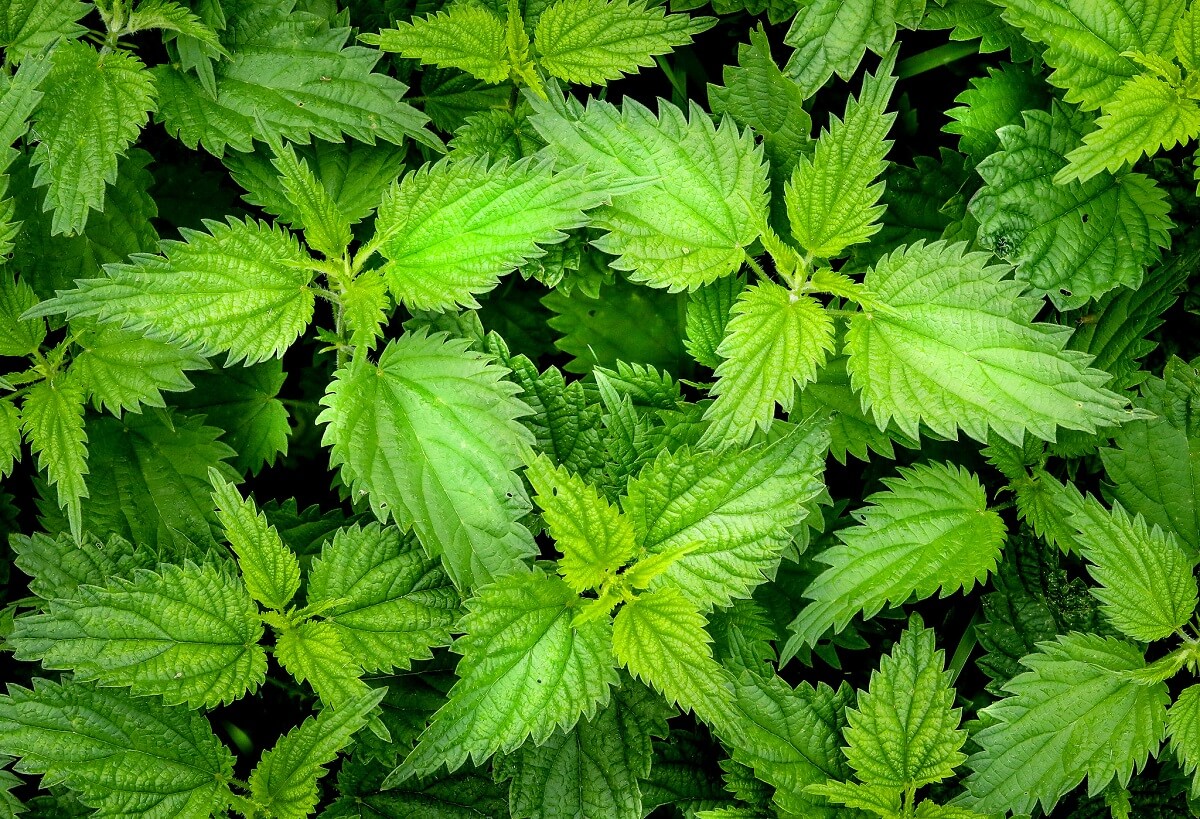



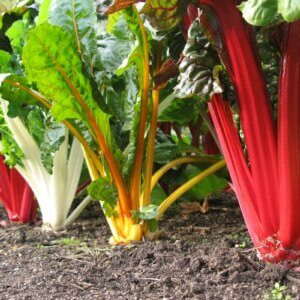

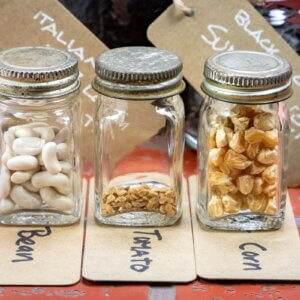


































Leave a Reply